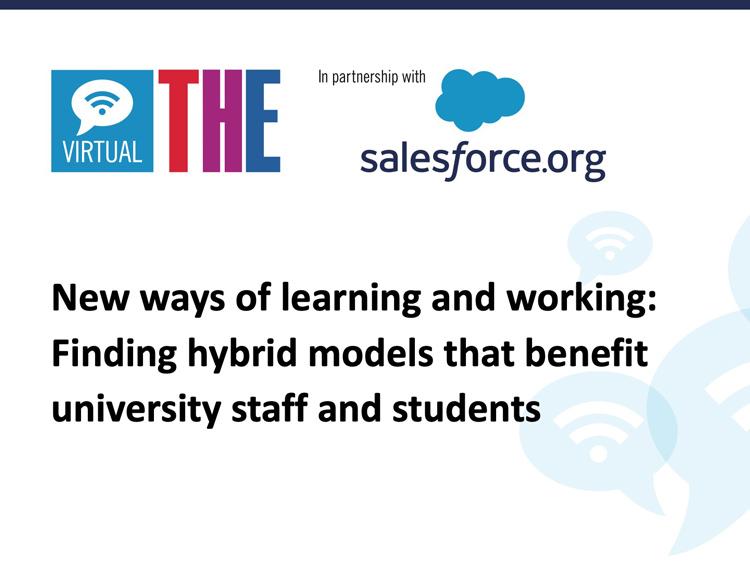Hybrid learning is an ever-growing strategy that seeks to provide teachers and students with the best of both worlds by combining face-to-face instruction with asynchronous digital activities and resources that students consult or perform autonomously.
When designing a hybrid course, however, one of the main concerns that can arise is how to design the activities in this still relatively unfamiliar format. So, here I share seven steps for designing activities in a hybrid course.
1. Define the activity
Begin by defining which activity would be relevant for the development of competencies or achievement of learning objectives. Advances in technology and the rise of new educational trends have made it possible to implement almost any type of activity we can imagine, as long as we consider that virtual and face-to-face environments must be, by design, connected to each other. Therefore, the activities can be as varied as the course and its objectives merit. Examples of activities include: case analysis, research, debates, projects, presentations, essays and experiments.
- Getting the quiet students to talk helps everyone
- A course design method to aid the transition to quality blended learning
- How to use Microsoft Flipgrid in university teaching
2. Break the activity into small steps
Breaking down the activity into small steps allows you to identify the general process that the student/s should follow. At this stage, it is crucial to consider all the elements of the teaching-learning process that apply to the activity. These might include: acquire the theoretical knowledge; practise knowledge; gather information; search for solutions; make decisions; assess knowledge; share results; and reflect on own learning (metacognition).
3. Define when and how learning will occur
It is now time to reflect and decide on which steps will be carried out under the direct guidance of the teacher and which steps will be carried out outside the classroom with the support of technology.
Although we may think this is a simple decision, it can be a tough call for many because it often involves breaking our own paradigms in terms of what is worthwhile for us, as teachers, to say or do within face-to-face sessions. Yet the real challenge arises when we become aware that the hybrid modality involves truly optimising the time spent face to face, while simultaneously attempting to strengthen what the student can learn and achieve without a teacher’s supervision.
4. Generate resources
Define, select and/or create the resources that will be useful for the activity, such as documents, readings, videos and tools.
5. Write instructions for the students
Armed with the knowledge that multiple elements of an activity will occur outside the classroom without the direct supervision of the teacher, the teacher must provide students with an essential aspect of hybrid: clear and detailed activity instructions. I recommend you make these available in a digital space of the course.
When writing the instructions for an activity, you should provide:
- learning objective
- modality (individual or collaborative)
- instructions on what the student will have to do
- sources from which the student can obtain information to carry out the activity (such as book chapters, articles or videos)
- expected final product (document, video, live debate, etc)
- delivery specifications: format (file extension, font type, length, etc); deadline (date and time); means of delivery (email, cloud service, LMS, etc)
- evaluation specifications: evaluation criteria; rubric or checklist that will be used to grade the activity.
6. Share the activity and its resources
At this stage, you need to place the activity’s instructions and resources within a digital space, thus ensuring that all the materials required to complete the activity are available at all times.
7. Implement and follow up
It seems obvious, but it is crucial to communicate (clearly!) to the students where the instructions and resources will be located. Equally crucial is following up on the activity. It is often useful to keep track of the doubts and difficulties that arise in the group in order to determine if the instructions and resources were adequate and thus where they can be improved.
Laura Patricia Zepeda Orantes is leader of pedagogical models innovation at Monterrey Institute of Technology.
If you found this interesting and want advice and insight from academics and university staff delivered direct to your inbox each week, sign up for the THE Campus newsletter.




comment